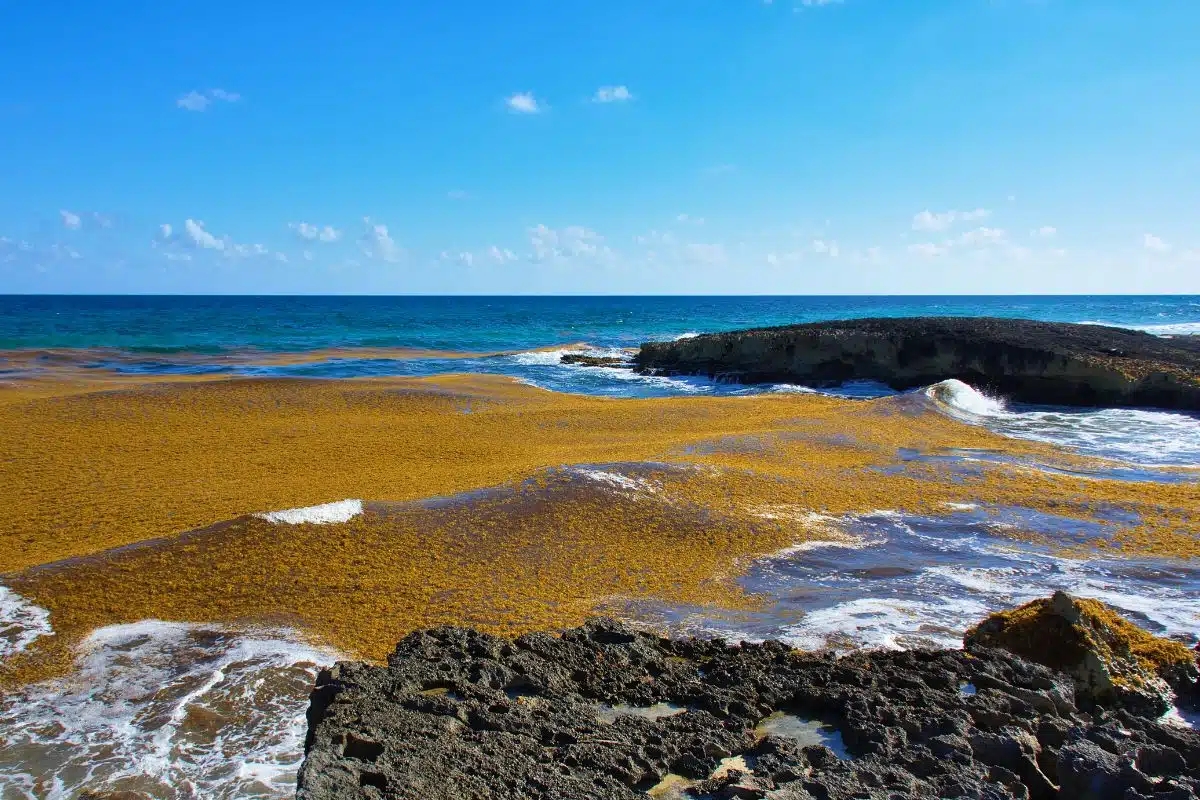Central Florida is a popular beach destination for those who want to relax and enjoy the sun. However, they were met by heaps of sargassum algae which can be dangerous to humans. The invasion of sargassum seaweed that covers Cocoa Beach in Florida happens every year, but this year the numbers are at record levels.
This seaweed is different from the normal ocean seaweed in that it has a strong smell, and also releases toxic chemicals as it decomposes. Long-term exposure to the rotten egg smell can be harmful for people with respiratory problems.
In March, the sargassum belt reached a record 13 million metric tonnes, or.1% of ocean surface. According to Professor Chuanmin Hu who teaches Oceanography at the University of South Florida College of Marine Science, more seaweed will be floating in the Eastern Atlantic right.
Professor Hu says that there should be more sargassum on Florida’s coasts, as the seaweed usually gathers at the Florida coastlines by late May or early June.
The blob of sargassum is getting so big because of a combination between warmer oceans and nutrients rising to the surface from the ocean floor.
Miami-Dade County, on the other hand, has collected nearly 5,000 cubic yards. Broward County has so far collected 920. It is almost 650 yards higher than what they collected at the same time last year.
As sargassum starts to overtake beaches, counties race to develop strategies for cleaning up the sargassum for both the safety of animals and humans. This invasive seaweed has a huge environmental impact.
A massive belt of seaweed has also affected the Yucatan Peninsula, and the eastern Caribbean. More will be added over the coming weeks.






